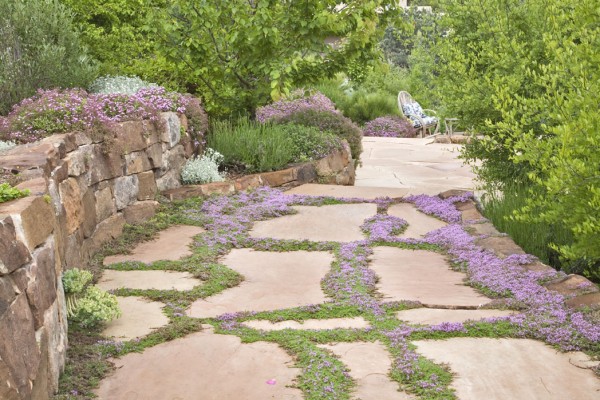The PermaDesign Weblog, with Nate Downey and Melissa McDonald!
Picture Perfection with Charles Mann
From my latest column:
When the frothy edge of a wine-dark sea slithered up and gobbled Charles Mann’s pants, it also took a book and the keys to his orange VW Super Beetle. Almost four decades later, it was still Robert M. Pirsig’s Zen and the Art of Motorcycle Maintenance that Mann missed most. “You replace keys,” he said with a shot of humor and a zest of nostalgic despondence, “but that early-edition hardcover is gone.”
When Mann finished the part of his dicho about Pirsig’s sense of "quality," I seized the floor. "'You point to something as having quality,'" I said, quoting Pirsig, "'and the quality tends to go away. Quality is what you see out of the corner of your eye.'"
“Exactly,” my fellow St. John’s College-trained thinker quickly replied, “and that’s what I drive home in my lecture — that sense that you can’t define a beautiful photograph. You can’t teach people how to see beauty. But beauty exists, and somehow most of us know it when we see it. The most I can really do is inspire folks to pay attention and to get out there and do it.”
Getting Out and Doing It, it seems, is the unofficial sub-theme for the Association of Professional Landscape Designers' annual conference coming to town September 16-18 (plus pre- and post-conference events — details at http://www.apld.com). In addition to a squadron of well-oiled speakers, chauffeurs will tour people all over the Santa Fe area to view living, breathing landscapes. I’m both tickled and humbled to know that Mann, the Southwest’s premier garden photographer, will be giving his entertaining and inspiring presentation right before my slot on the 16th.
I’m grateful, too, that our dialogue turned to the concepts of “beauty,” “quality,” “greatness,” and “art.” For all of our use of these words, we rarely think about them. One wonders how we expect to get anywhere if we have so few clues as to where we should be going. Pondering the profound has positive, practical consequences even if our goals, at best, become a particularly blurry sfumato.
Beauty isn’t everything unless you see it in its pure Platonic form. The highest form of beauty must be "good," too, and this is especially true in landscape design. In my less-than-humble opinion, the art of ecological landscape design should, finally, be seen as the highest form of art.
Why?
A developed landscape is not fully beautiful unless it has a practical, ecological component, too. It must respect the soil, water, mycelium, biota, plants, birds, and all the creatures who walk the land, who make it what it is and what it might become. Our species is confronting challenging times due to how we have changed the face of Earth, and it is landscape professionals that have the greatest power to affect that change. Few, if any, other artists work at this level of ethically aesthetic responsibility.
Landscape designers tend to gravitate toward residential projects, while their landscape-architectural counterparts tend to seek commercial and public-project work. Together, they can make our planet great again or at least help make it capable of keeping this heuristic dialogue alive.
09/07/2016 | (0) Comments











Comments